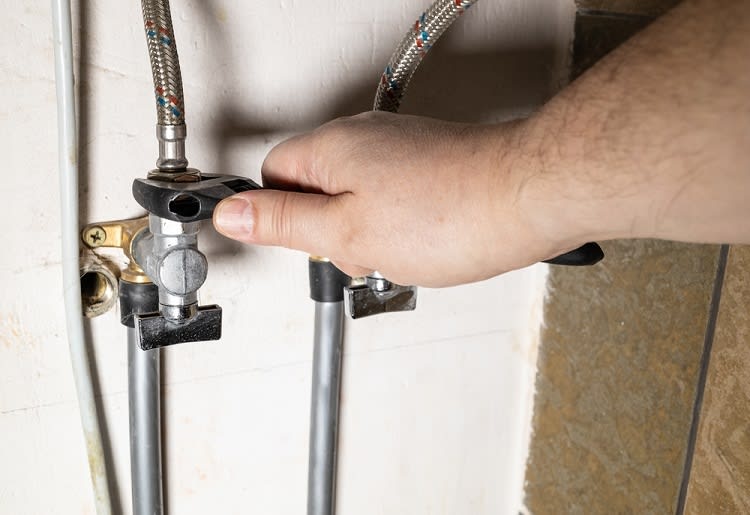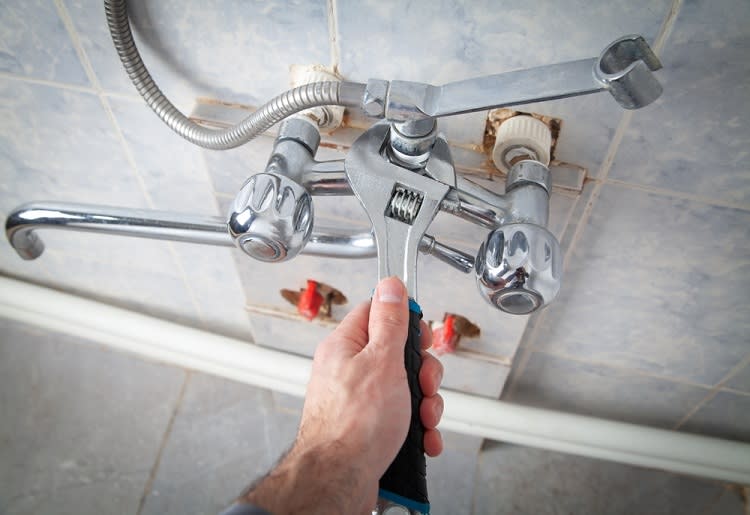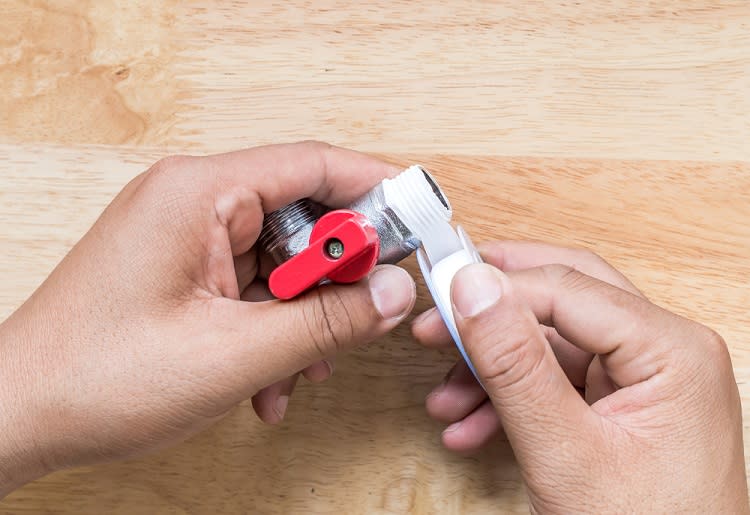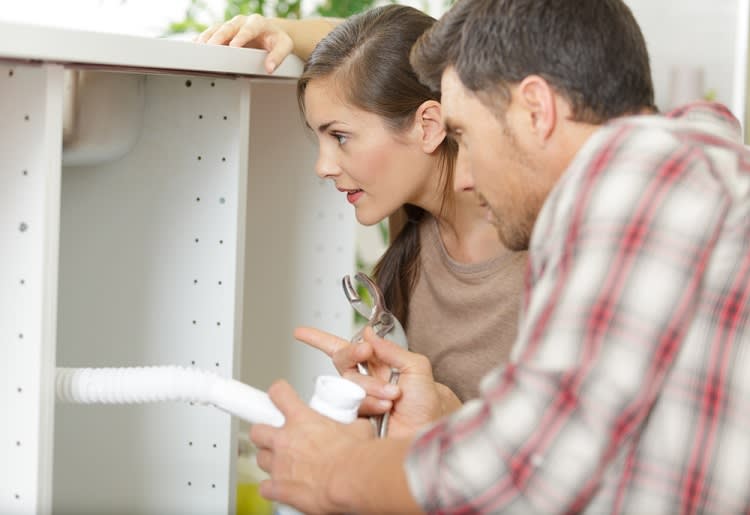Damaged plumbing can lead to flooding, water damage, mold, and more. There are several ways to maintain and repair the plumbing in your home, depending on the level of damage. If you have a home warranty plan, find out if plumbing repairs are covered. If you don't have one, check out Select Home Warranty or Choice Home Warranty so that you have one less thing to worry about.
It would help if you understood the importance of maintaining your plumbing as a homeowner. We’ll highlight 10 important home plumbing tips that you may find useful for routine maintenance or as the need arises.
Let’s get down to business.
1. Know Where to Find the Stop Valve
This is the first and perhaps most important plumbing tip. Depending on which part of the world you live in, your stop valve can be found in the basement or behind your house where the overhead tank is located.
This tip comes in handy when a large amount of water is flowing somewhere in or around your house. When this happens, it's important to shut the water off as quickly as possible to minimize damage and conserve water.
2. Take Care of Your Toilet
Having a clogged toilet can be very inconvenient. To take care of your toilet, keep it clean and disinfected. Be sure to only flush toilet paper. No diapers, cotton swabs, or sanitary towels should be flushed down the toilet. Use a trash can instead.

3. Get Ahead of a Leaky Toilet
Knowing if your toilet tank is leaky is important because it helps to conserve water. Identifying a leaky tank can be tricky because water flow may be slow and not spill to the floor.
What you should do in this case is place a natural dye such as hibiscus or turmeric in the tank and leave it for an hour or two. If you find colored water in your toilet, you should probably get an expert to fix the problem.
4. Protect Your Pipes From the Cold
Protecting your pipes from the cold is important if you live in places that get below freezing in the winter. Water damage from frozen pipes can be an expensive but totally avoidable problem. The best thing to do is properly insulate your pipes. Remember that it's always better to be safe than sorry.
5. Know When to Replace Your Water Heater
Did you know water heaters have a lifespan? This lifespan varies depending on the specific water heater you have and how well you take care of it. As a homeowner, it’s important to familiarize yourself with your water heater's lifespan so that you know when to replace it.
6. Fix Dripping Faucets
Dripping faucets occur as a result of high water pressure or faulty components in the fixture. Dripping faucets are not only annoying but also waste tons of water if left unattended.
Depending on the kind of faucet, there are several DIY videos on how to change components in the fixtures to prevent dripping, but you can get a plumber to fix it if you'd like.

7. Make Sure Your Pressure-Reducing Valve Works
Pressure-reducing valves are necessary for regulating the water pressure in your home. It’s also necessary if you depend on a municipal water supply that pumps water at a high pressure to service high-rise buildings. If you don't have a pressure-reducing valve, you can install one.
8. Keep Your Drains Unclogged
Clogged drains are inevitable. Rather than using chemicals that can damage your plumbing to remove blocks, use a drain snake or wet-and-dry vacuum. Here are some tips by plumbers for making sure your drains remain unclogged.
9. Don’t Tighten Plumbing Fittings Too Much
It’s not too uncommon for homeowners to tighten plumbing fittings too much after a DIY plumbing task. This can strip screws or cause knots to break. Be careful to avoid doing this. You can simply tighten the knot or screw in such a way that it's secure and won't fall out.
10. Have Teflon Tape Handy
Having teflon tape, otherwise known as plumber’s tape, and other plumbing tools in your house is a great DIY hack for homeowners. Teflon tape comes in handy when you want to wrap plumbing threads before sealing to prevent leaks.

Final Thoughts
These plumbing tips should give an idea of how to efficiently manage plumbing issues in your home. It’s important to avoid chemical drain cleaners, even though they’re often advertised as efficient clog removers. They tend to do more damage to your plumbing infrastructure.
Maintaining all things related to plumbing in your home yourself is okay. However, handling serious issues can be overwhelming. So, when things go wrong, get a plumber to fix these issues, and rest assured that the best home warranties will cover this expense.

